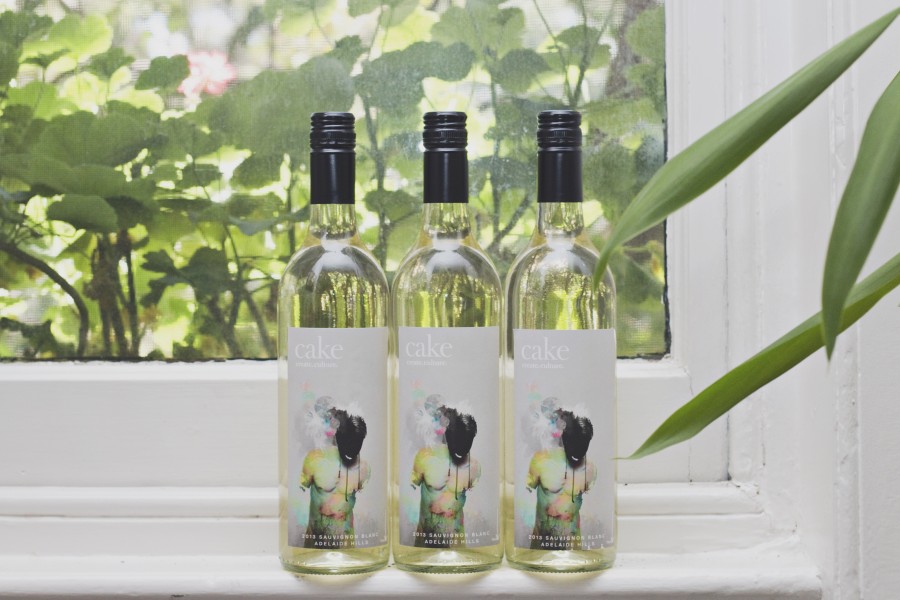WABI-SABI
Presented at Red Gallery Collingwood as part of Midsumma 2013 Premier Visual art event “Energy From Stillness”
ABOUT WABI SABI:
Wabi-sabi represents a comprehensive aesthetic centered on the acceptance of transience and imperfection. The aesthetic is sometimes described as one of beauty that is “imperfect, impermanent and incomplete.”
The concept is derived from the Buddhist teaching of the three marks of existence: specifically Impermanence.
The other two marks being Suffering and Emptiness.
ABOUT THE PIECES:
In Lucas’ new body of work, he continues his endless exploration of the notions of identity. He makes the inevitable conclusion to dissect the essence of the human being, through disintegration to bacteria, cells, chemicals and poisons that ‘make’ us.
It is about the beauty in the broken, the fractured and the tragically original.
The work presents the male body in its most carnal, existential and critical state, confronting the human condition in an objectified, vulnerable and powerful form.
“I believe in beauty, but in a beauty that is not detached from life. My aim is to make the unbearable bearable, to instigate the viewer to reconsider their own understandings of beauty and suffering.”
MICHELLE MANTSIO CRITIQUES “WABI-SABI”:
“Matto Lucas’ digital prints consist of an explosive burst or vomit of colour and form. As a series only one image holds multiple figures, yet suggestively the figure appears to have been employed as a stamp, aggressively reiterating its presence throughout the series, as it uses and leaves echoes of the Cartesian male in its wake. Whilst the work uses the figure to locate its ideas, Matto is poking around, sticking his finger in the wound and then stitching it back up with diagrams and text. He is resurfacing. The images are constructed digitally, so whilst there is a tactile veneer, it is a completely manufactured illusion. The lustrous gloss of the print, its larger than life scale draws us in, campaigning for our patronage, yet on closer inspection corrosive fractures become evident. The tension is created on the surface, so whilst he uses colour to subvert the classical postures of the figure, it is in the detail that the seemingly bright and playful palette becomes ominous as a kind of molecular diseased, contagious structure. An inauspicious pain model?”
A Medium For Accident And Change
102 x 152 cm framed
Type C Print
2012
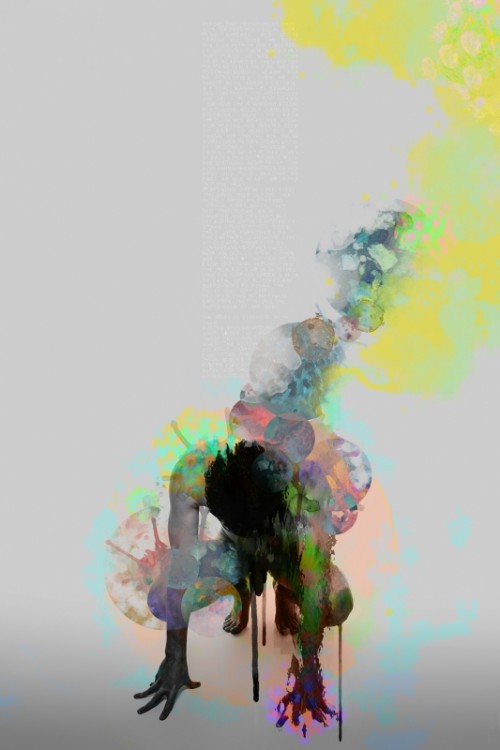
"A Survival Strategy For Any Infectious Agent Is Not To Kill Its Host But Ultimately Become A Commensal Organism
102 x 152 cm framed
Type C Print
2012
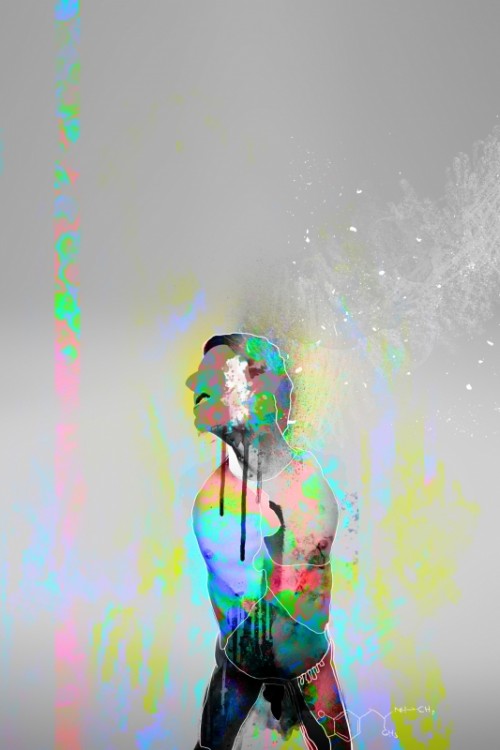
Parasitism
102 x 152 cm framed
Type C Print
2012

There Is No Such Thing As Inner Peace, There Is Only Nervousness And Death
102 x 152 cm framed
Type C Print
2012
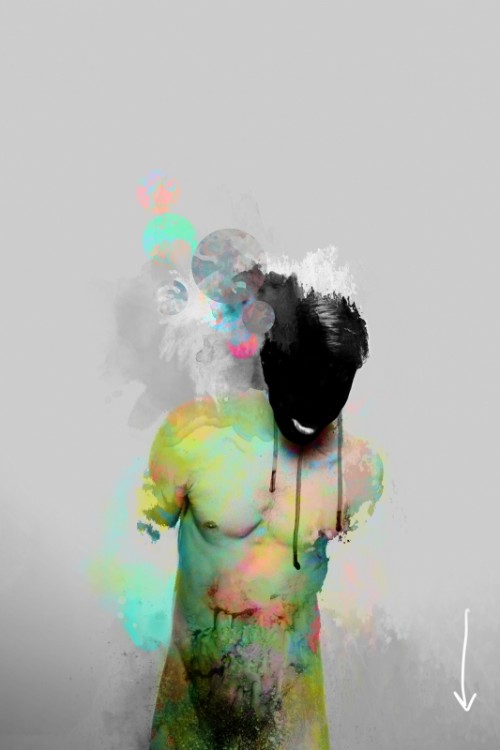
A Cyborg Body Is Not Innocent; It Was Not Born In A Garden; It Does Not Seek Unitary Identity And So Generate Antagonistic Dualisms Without End, Or Until The World Ends
102 x 152 cm framed
Type C Print
2012
Text taken from:
Haraway, Donna, A Cyborg Manifesto: Science, Technology And
Socialist-Feminism In The Late Twentieth Century , Routledge,
1991.
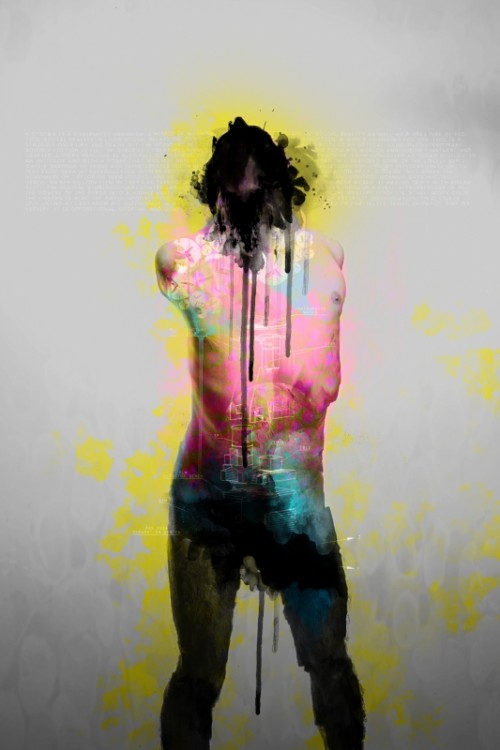
“There Is No Such Thing As Inner Peace, There Is Only Nervousness And Death” featured as a Cake Wines limited edition label.
